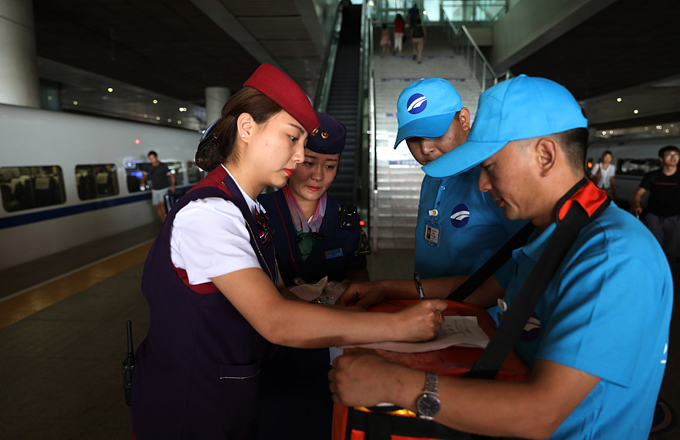

|
Lexie Kinder, who was born with a chronic heart disorder, uses a robot with a camera and Internet connection to attend school remotely. Photographs by John W. Adkisson for The New York Times |
She sends her robot to class, wearing a tutu
Sumter, South Carolina
Lexie Kinder solves problems during math class, earns gold stars from her teacher and jokes with classmates at Alice Drive Elementary School.
All from her home computer.
Born with a chronic heart disorder that weakened her immune system and made attending school risky, Lexie, 9, was tutored at her home in Sumter for years. But this spring, her family began experimenting with an alternative: a camera-and-Internet-enabled robot that swivels around the classroom and streams two-way video between her school and house.
"She immediately loved the robot," her mother, Cristi Kinder, said. Called a VGo, it is controlled by Lexie from her home computer. Lexie dressed up the robot, which is about the height of her third-grade classmates, in pink ribbons and a tutu, and she renamed it Princess VGo.
A small but quickly growing number of chronically ill students - at least 50 across the United States - now attend school virtually with what are called "remote presence robots." The technology is still expensive (a VGo costs $6,000, in addition to $1,200 a year for maintenance and other costs) and imperfect (when the robot loses its Internet connection, it goes lifeless and must be pushed).
And despite the fantasies of Lexie's classmates - "I want a robot so I can stay in bed all day," one 8-year-old said - such robots are mostly last resorts for children restricted to their houses or hospital rooms.
As Web-based video becomes more prominent as a teaching tool, special education advocates say these robots are valuable alternatives to tutoring for students who might not otherwise interact with classmates.
"Soon, these robots should be the price of an inexpensive laptop," said Maja Mataric, a computer science professor at the University of Southern California. "They should make access to education much easier for students who are convalescing."
Children adapt far more quickly to the technology than adults and treat the
machine like another classmate, she says. In a fire drill at a Texas school, students were so worried about the VGo that they insisted on escorting it out of the building.
The VGo is 1.2 meters tall, weighs eight kilograms and is shaped like a white chess pawn, with a video screen on its face. Lexie controls its movement with her computer mouse. Video of the classroom appears on her computer screen, and video of her face appears on the robot's display screen. The robot and Lexie's computer support two-way voice communication, and Lexie can flash her VGo's lights to get the teacher's attention.
Since 2007, VGo, based in Nashua, New Hampshire, has been selling the robots to company executives who want to keep an eye on employees while traveling, and to doctors who use it to "visit" patients at different hospitals. Two years ago, the company realized schools might be a new market.
Most robots are bought with state or local money marked for disabled students. At some schools, parents have held fund-raising events or bought the robot themselves. In Huntsville, Texas, education officials bought five VGos last year and are planning for five more next year.
For Connor Flanagan, 14, of Tyngsborough, Massachusetts, the main benefit is social interaction. He does not go to school because of a rare lung condition, but he has stayed in touch with friends while awaiting a transplant.
"He walks down the hallway kind of like everybody else," said his mother, Jennifer Flanagan. "The kids - aside the fact that it was a robot - they treated him like Connor. He'd roll through the room, and you'd hear 'Hey, Connor. Hi, Connor.'"
Lexie's teacher, Ivey Smith, said the children had embraced the idea of having a robot in the class and screamed with excitement every time it turned on.
"I was concerned they would be distracted," she said. "But within a couple days, they acted like it had always been here. They feel special that there's a robot in their class."
Between classes, Lexie, guides her robot down the hallway. At day's end, she rolls it to its charging station. On the way out of class, one child, Hazel Grace Kolb, waved.
"See you tomorrow, robot," she said.
The New York Times
|
Lexie's teacher, Ivey Smith, said she was worried about how distracting the robot might be, but it took only days for them to get used to the idea. John W. Adkisson for The New York Times |













